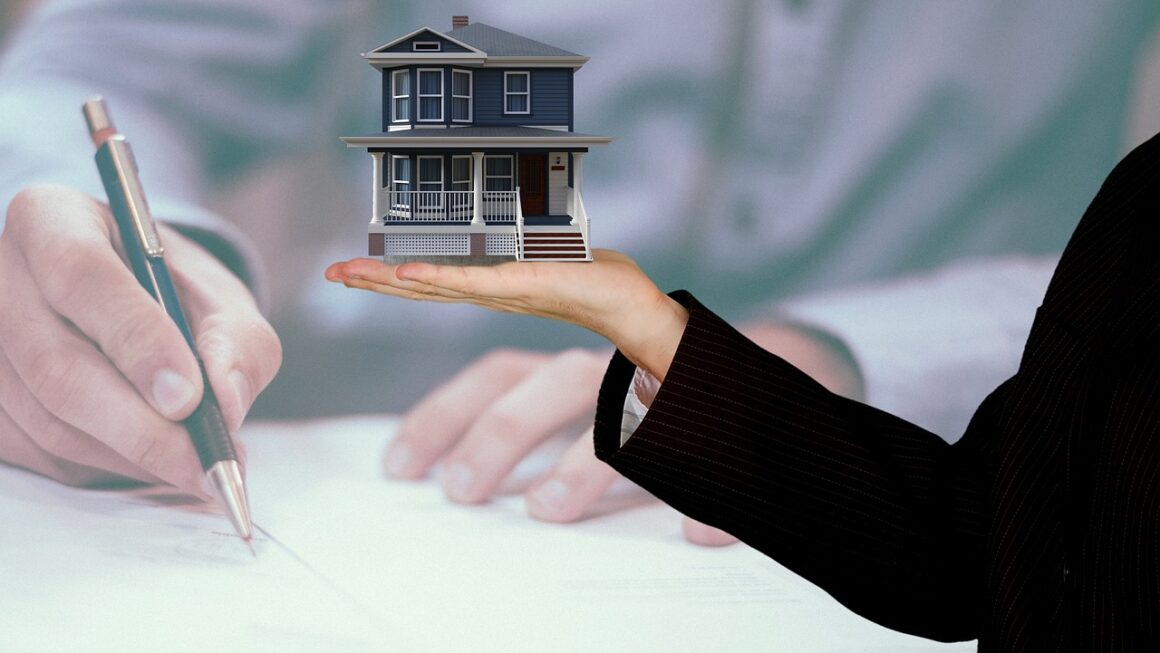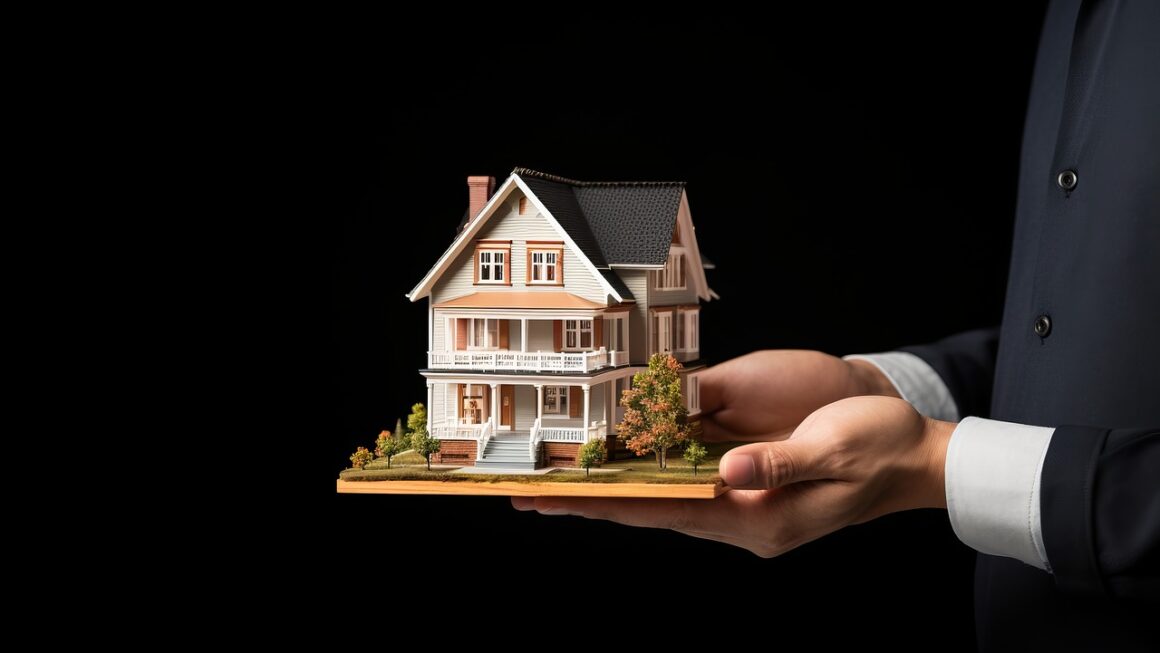LEED or Leadership in Energy and Environmental Design is a green building certification system that operates on a global level and covers different aspects related to construction of constructions and buildings. LEED, initially launched by the U. S. Green Building Council (USGBC), addresses the process of green building by providing a guide that helps building owners and operators attain their objectives. Here’s a breakdown of what LEED certification entails and its significance:Here’s a breakdown of what LEED certification entails and its significance:
What is LEED Certification?
LEED certification evaluates a building’s environmental performance and sustainability across several key areas: For the different green building categories, we have site development, water and energy efficiency, material & resources, and indoor air quality. Buildings earn points in each category based on meeting specific criteria, and the total points determine the level of LEED certification: Earhart continues with the purity level of Certified, Silver, Gold or Platinum.
Benefits of LEED Certification
Environmental Impact: LEED certified buildings are intended to lower greenhouse gas emissions, use less water, and for utilizing renewable resource that helps in making environment healthier.
Cost Savings: Eco-friendly architectural solutions may result in lower costs in the course of the facility’s usage, due to the recoup of investments in energy-saving elements.
Health and Well-being: Better IAQ and natural lighting increase occupants’ comfort and possibly their performance.
Marketability: LEED certification makes a building more valuable in the market since it would be occupied by people who care about the state of the environment and encouraged others to invest their resources on it.
Process of Certification
In order to be granted a LEED certification, the project teams have to adhere to the rules and regulation set by the USGBC, report to the body, and also web based reviews from professional LEED reviewers. Certification process makes it easy to improve on the sustainable building practices by demanding for innovation.
Future Trends
With sustainability increasingly important in construction across the world, LEED certification is likewise growing and adapting to new technologies and procedures to reduce as much negative outcomes in the environment and to optimize the capability of buildings.
Conclusion
LEED certification has become the standard of measuring good sustainable practices in building and construction, which leads to environmental conservation, saving on costs, as well as boosting occupants’ health. Existing buildings and new constructions, LEED have a step by step process that allow owners or creators of buildings towards the creation of efficient buildings that are environmentally sound and financially sustainable for the future.




